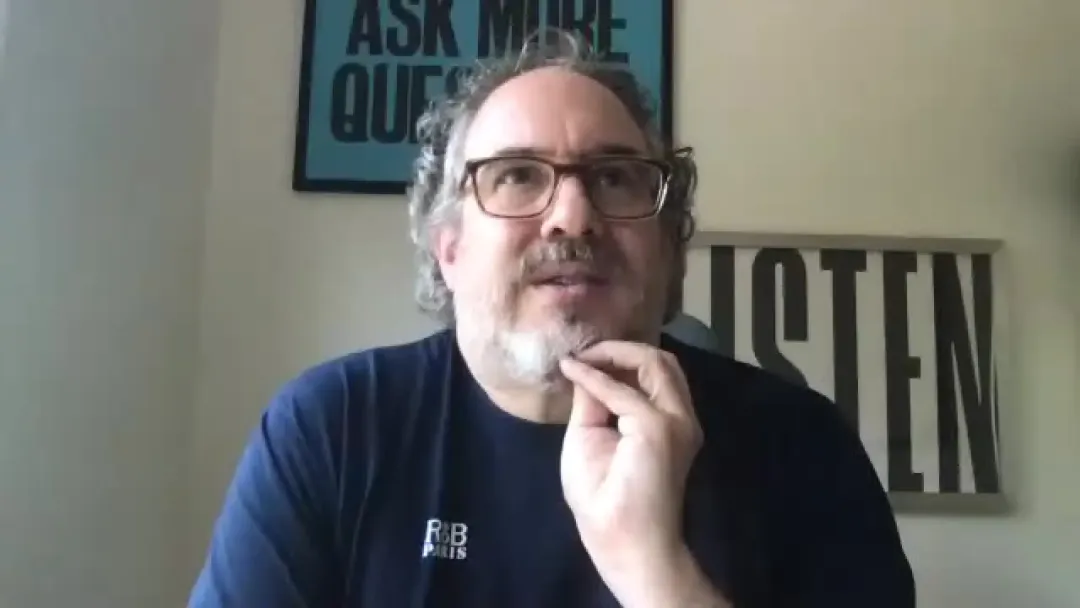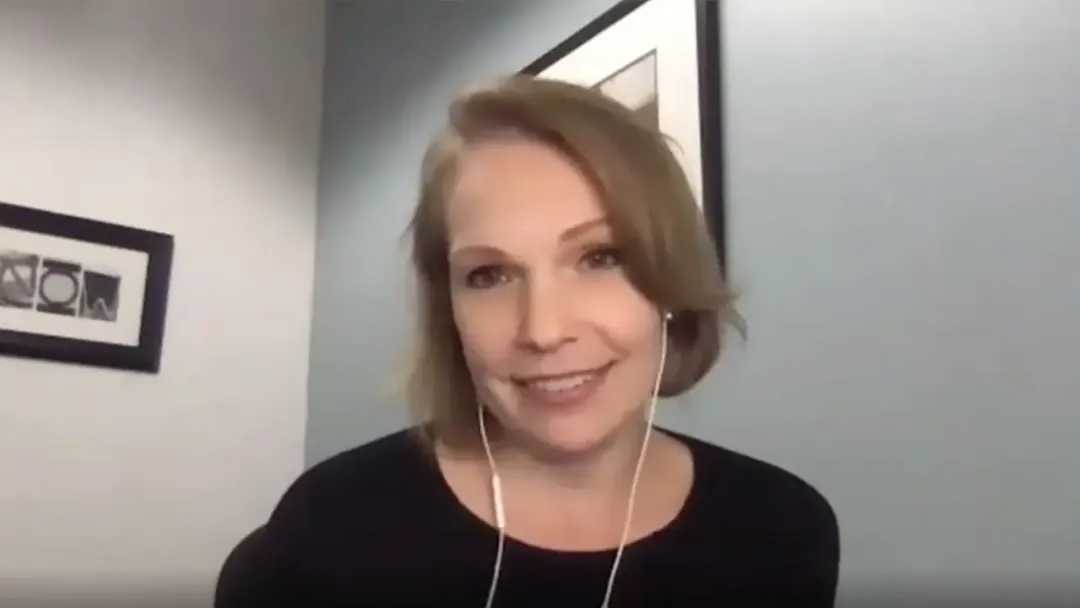Ignite 360's Longitudinal Study Reveals America's Post-Pandemic Aspirations
June 2021
·
5 min read

As the pandemic shook the world back in March of 2020, insights and strategy firm Ignite 360 kicked off Navigating to a New Normal, a nationally-representative quantitative and qualitative research study launched in order to better understand how COVID-19 and the resulting societal and economic shifts were impacting Americans.
After (FINALLY) saying goodbye to 2020, we took some time to check in with Ignite CEO Rob Volpe about where perspectives across the country stand today, and where the project is headed as we move further into 2021.
The full webinar, American Evolution: The Past, Present & Future of Ignite 360’s Covid Impact Research Study , touched on a multitude of insights from the project, including the importance of gratitude in surviving change and what people are hopeful for. To give you a concise understanding of the scope of the project, a look behind the scenes at Ignite’s process (which of course involves video!), and first-hand accounts of this unprecedented evolution of American society, we’ve compiled our top takeaways and video highlights below:
A Collective Desire for Change
During the Covid pandemic, change has truly been the only constant, both in the myriad ways people’s lives have changed as well as in just how much. One thing many people (at least Americans) seem to agree on, however, is that they hope at least some degree of that change will remain post-pandemic. During the webinar, Rob revealed that 72% of Americans say they want change — whether it comes in the form of little shifts or total life resets — and he also told us that these numbers have remained consistent since July.
This desire for change of course has implications. As an example, Rob mentions the collective shift to working from home. According to the study, about one-third of respondents want to keep working from home, one-third want to go back to an office, and one-third want some kind of hybrid of the two.
Questions to ask about how this shift will impact individual Americans and our collective society moving forward include:
- How will people decide where to live if they’re not tied to an office?
- Where will corporations decide to build their HQs if prime employee locales are no longer an issue?
- How will remote communication tools such as Zoom and Slack evolve to fit an ever-more-distributed workforce?
This massive societal shift will have an impact on employees and their workplace preferences for a long time to come, and businesses of all kinds should sit up, take notice, and find ways to rally behind and adapt to these changes.
Another interesting macro-trend that Rob shared with us connects to the power of gratitude, speaking to a common desire among many respondents to stay present and in the moment.
Instead of summarizing Ignite’s insights in our own words, we’ll just let Rob tell you about it:
To help our audience better understand this pervasive desire for change, Rob also gave us a powerful first-hand look at some of the study’s respondents. The highlight video below offers an overview to how people across the country have answered the Ignite team’s question: “How do you hope to change?”
How People Stay Sane in Uncertain Times
What is keeping people sane through these rough and tumble times?
The great outdoors, home upgrades, and Netflix binges have been a few lifesavers for us here on Team Reduct, and during the webinar, Rob shared that what’s keeping him sane is the Navigating to the New Normal project itself — it’s allowed him to get a better understanding of how others across the country are coping and behaving as we ride out the pandemic:
The Ignite project not only shines a light on the importance of prioritizing mental health, it also offers a first-hand look at the role of rituals and routines in maintaining our sense of safety, stability, and, yes — sanity.
Looking Ahead to the Light(s) at the End of the Tunnel
The next question Rob sought to answer for our audience was, What are people looking forward to?
While the answers themselves certainly cover a spectrum, they all tie back to a common objective: identify what you believe to be most important, recognize how you’re making time for those things, and re-prioritize accordingly with that glimmer of hope for the future in mind.
Behind the Scenes of Navigating to a New Normal
How are Rob and team pulling off such a massive undertaking, and what are the most important things to know about running a longitudinal qualitative study?
As mentioned in the video below, longer-term studies such as Navigating to a New Normal take a different moderating approach than one-off IDIs. You’re getting to know your participants in a much deeper way over the course of dozens of conversations, taking place over multiple weeks, months, or even years, so empathy and rapport become absolutely essential.
When it comes to analyzing and presenting the data, organization and alignment are key — with over 500 hours of interview recordings stored in Reduct, Rob and the Ignite team need to make sure they can pinpoint the most powerful and relevant moments from every conversation in order to share insights internally and weave together the most impactful stories.
Rob’s Advice for 2021? “Stay Nimble and Keep On Your Toes”
What has the pandemic taught us as qualitative researchers? According to Rob, last year showed us that “we need to pivot on a dime.” Staying ahead of change by adapting quickly — and getting familiar with the new methods, technologies, and resources born from the change — will help the research community discover innovative processes and practices, maybe even some that never would have seemed possible before.
One core question Rob says we should ask ourselves in 2021 and beyond: Do you need to be in person, or can you work remotely? Beyond adhering to pandemic protocol, remote research does have its advantages, as does meeting with your participants face-to-face. It’s important to really think through why you’re implementing a particular methodology, weigh your options, and make the best decision for your particular research project.
Reduct.Video Helps Ignite 360 Bring Stories to Life While Navigating to a New Normal
Rob and the Ignite team have 450 interviews, 500 hours of recorded conversations, and 135 reels stored in Reduct. Our all-in-one platform not only allows their team to store the recordings, it transcribes all the footage so it’s easy to review, and simplifies video editing so the team can easily create those reels, which they use in share-outs and across social media channels. The team also uses Reduct to build storylines that they then share with video production partners to add more professional polish.
At the end of the day, Navigating to a New Normal is and always has been about sharing the real-life experiences and stories of people across America. As Rob says in the highlight video below, those personal stories are what audiences find so compelling, and without Reduct, “it would have been so difficult to bring the stories to life.”
Interested in learning more about how Reduct.Video can help you up-level your own qualitative research projects in 2021 and beyond? Get started with a free trial, or connect with our team to discuss how Reduct can address your project’s specific needs and challenges.

